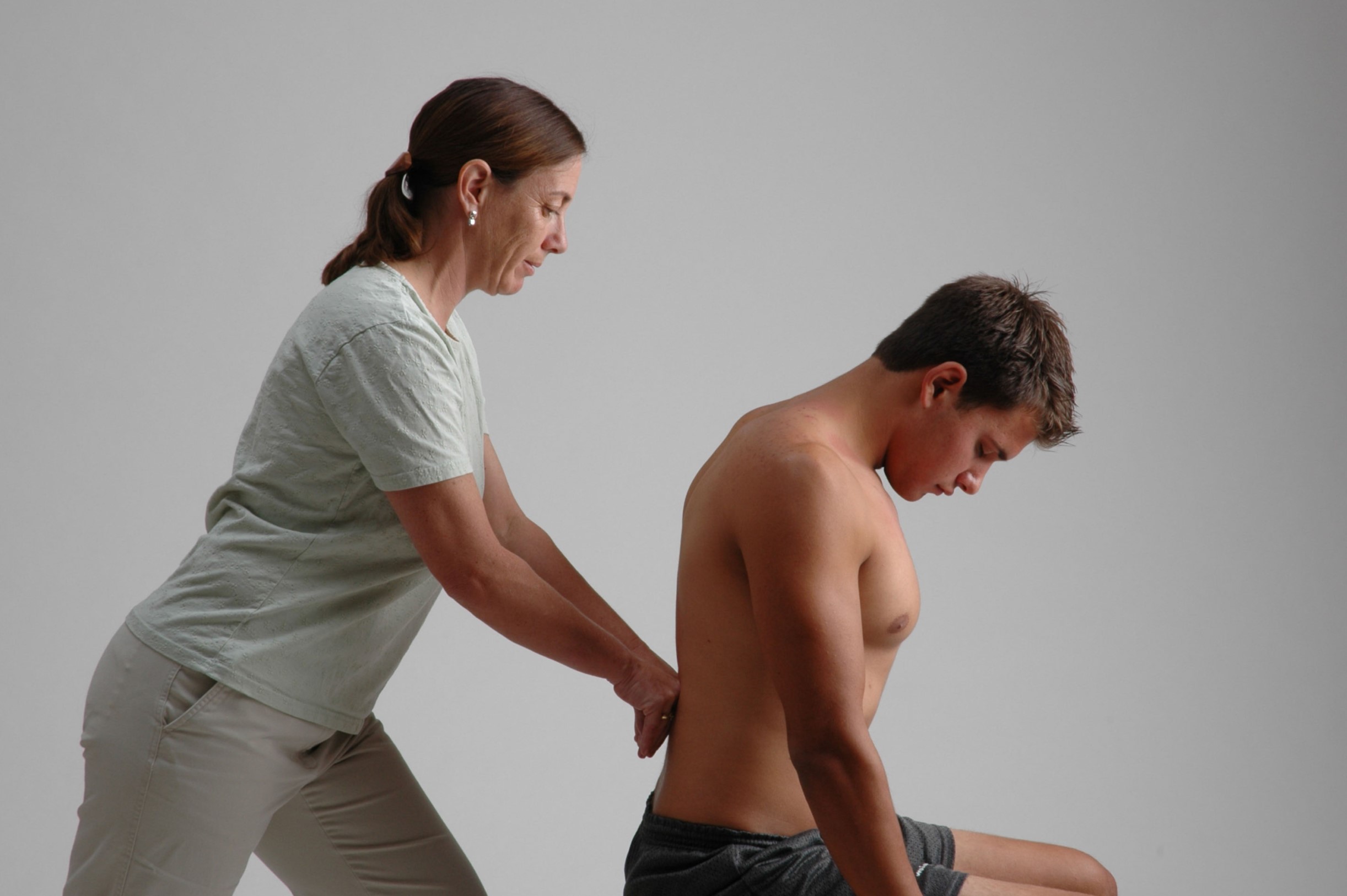
Rolfing Structural Integration might sound like a complex term, but it's all about improving how your body moves and feels. Developed by Dr. Ida Rolf, this technique focuses on realigning the body's structure through deep tissue manipulation. Rolfing aims to enhance posture, reduce pain, and increase flexibility. Unlike a regular massage, it works on the body's connective tissues to bring lasting changes. People often seek Rolfing for relief from chronic pain, stress, or to boost athletic performance. Curious about how it works and what benefits it offers? Here are 30 facts that will give you a deeper understanding of this unique practice.
Key Takeaways:
- Rolfing Structural Integration is a unique therapy developed in the 1940s that focuses on improving posture, relieving chronic pain, and enhancing overall well-being through deep tissue manipulation and movement education.
- Rolfing offers numerous benefits, including pain relief, improved posture, enhanced athletic performance, and emotional release. It consists of a ten-session series that targets different parts of the body for long-term structural changes.
What is Rolfing Structural Integration?
Rolfing Structural Integration, often just called Rolfing, is a type of bodywork that focuses on realigning the body's structure. It aims to improve posture, relieve chronic pain, and enhance overall well-being. Here are some fascinating facts about this unique therapy.
-
Rolfing was developed by Dr. Ida P. Rolf in the 1940s. She believed that proper alignment of the body could improve health and well-being.
-
The therapy involves deep tissue manipulation and movement education. Practitioners use their hands, elbows, and fingers to apply pressure to the body's fascia, the connective tissue surrounding muscles and organs.
-
Rolfing is often compared to massage but is more focused on long-term structural changes rather than temporary relief.
Benefits of Rolfing Structural Integration
Rolfing offers numerous benefits that go beyond just physical relief. It can positively impact mental and emotional health as well.
-
Many people report significant pain relief after Rolfing sessions. This includes relief from chronic back pain, neck pain, and joint pain.
-
Improved posture is another common benefit. Rolfing helps align the body, making it easier to maintain good posture without conscious effort.
-
Athletes often use Rolfing to enhance performance. Proper alignment can lead to better movement efficiency and reduced injury risk.
-
Rolfing can also help with emotional release. The deep tissue work can release stored emotions, leading to a sense of emotional well-being.
The Rolfing Process
Understanding the process can help demystify what happens during a Rolfing session.
-
A typical Rolfing series consists of ten sessions, each focusing on different parts of the body. This is known as the "Ten Series."
-
The first three sessions focus on superficial layers of fascia. These sessions aim to loosen and balance the surface layers.
-
Sessions four through seven work on deeper layers. These sessions aim to address core alignment and balance.
-
The final three sessions integrate the changes made in the previous sessions. They focus on improving overall body function and movement.
Who Can Benefit from Rolfing?
Rolfing isn't just for those in pain. Various groups of people can benefit from this therapy.
-
Office workers often find relief from Rolfing. Sitting for long periods can lead to poor posture and chronic pain, which Rolfing can help alleviate.
-
Pregnant women can also benefit. Rolfing can help ease the physical strain of pregnancy and prepare the body for childbirth.
-
Children and teenagers can benefit from Rolfing. It can help address postural issues early, preventing problems later in life.
Scientific Backing and Criticism
Like many alternative therapies, Rolfing has its supporters and critics. Understanding both sides can provide a balanced view.
-
Some studies suggest that Rolfing can improve range of motion and reduce pain. However, more research is needed to confirm these findings.
-
Critics argue that the benefits of Rolfing are largely placebo. They claim that any improvements are due to the patient's belief in the therapy rather than the therapy itself.
-
Despite the criticism, many people swear by Rolfing. Personal testimonials often highlight significant improvements in pain, posture, and overall well-being.
Rolfing vs. Other Therapies
How does Rolfing compare to other popular bodywork therapies?
-
Unlike massage, which focuses on relaxation and temporary relief, Rolfing aims for long-term structural changes.
-
Chiropractic care focuses on spinal alignment, while Rolfing addresses the entire body's alignment.
-
Physical therapy often focuses on specific injuries or conditions, whereas Rolfing looks at the body as a whole.
What to Expect in a Rolfing Session
Knowing what to expect can make the experience less intimidating for newcomers.
-
Sessions typically last between 60 to 90 minutes. The practitioner will assess your posture and movement before starting the hands-on work.
-
You may be asked to perform simple movements during the session. This helps the practitioner understand how your body moves and where adjustments are needed.
-
Some people find Rolfing uncomfortable or even painful. However, the intensity can be adjusted based on your comfort level.
How to Find a Certified Rolfer
Finding a qualified practitioner is crucial for a safe and effective experience.
-
Look for practitioners certified by the Rolf Institute of Structural Integration. This ensures they have undergone rigorous training.
-
You can search for certified Rolfers on the Rolf Institute's website. This makes it easy to find a qualified practitioner near you.
-
Personal recommendations can also be helpful. Ask friends or family members if they know of any reputable Rolfers.
Cost and Accessibility
Understanding the cost and accessibility of Rolfing can help you decide if it's a viable option for you.
-
The cost of a Rolfing session can vary widely. Prices typically range from $100 to $300 per session.
-
Some insurance plans may cover Rolfing. Check with your provider to see if it's included in your plan.
-
Rolfing is available in many countries around the world. However, availability may be limited in some areas.
-
Online resources can help you learn more about Rolfing. Websites, forums, and social media groups can provide valuable information and support.
The Final Stretch
Rolfing Structural Integration offers a unique approach to body alignment and pain relief. By focusing on the body's connective tissues, it aims to improve posture, flexibility, and overall well-being. Many people have found relief from chronic pain and enhanced physical performance through this method. While it may not be for everyone, those who have tried it often report significant benefits. If you're curious about alternative therapies for pain management or improving body mechanics, Rolfing could be worth exploring. Always consult with a healthcare professional before starting any new treatment. Remember, the key to any therapy is consistency and finding what works best for your body. Whether you're an athlete, someone dealing with chronic pain, or just looking to improve your posture, Rolfing offers a holistic approach that might just be the solution you've been searching for.
Frequently Asked Questions
Was this page helpful?
Our commitment to delivering trustworthy and engaging content is at the heart of what we do. Each fact on our site is contributed by real users like you, bringing a wealth of diverse insights and information. To ensure the highest standards of accuracy and reliability, our dedicated editors meticulously review each submission. This process guarantees that the facts we share are not only fascinating but also credible. Trust in our commitment to quality and authenticity as you explore and learn with us.


